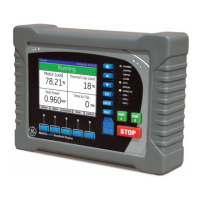
Do you have a question about the GE HandHeld Display (HHD) and is the answer not in the manual?
Provides an overview of the HandHeld Display (HHD) features, including its interface, enclosure, and control buttons.
Explains the components of each HHD display page, including header bar, selected page, and soft-key labels.
Details the function keys (HOME, UP, DOWN, ESC, ENTER, HELP) and their operations.
Describes the three direct control keys: START A, START B, and STOP, and their functions.
Explains the function of control panel LEDs: Running, Stopped, Tripped, Alarm, Auto, Manual, Comms OK, and User LEDs.
Describes the home page as the root of the menu structure, displaying system status overview.
Explains how the default display is shown automatically or recalled, and how to set a custom default display.
Details the actual values pages, divided into sections for MM300 and MM200, covering summary, amps, volts, power, and sensor.
Describes status pages providing up-to-date information on MM300/MM200 status, including Message, Inputs, Outputs, System, and Flex.
Details the setpoints pages, divided into Config, Protection, Control, Security, and Factory sections.
Covers diagnostic pages including Events, Counters, Phasors, Info, and Learned sections.
Describes the control page for viewing active control mode and switching between Auto/Manual.
Explains the three types of popup windows: Setpoint editor, Help, and Invalid operation.
Describes how to edit enumeration setpoints by selecting from a limited list of values.
Explains how to edit numeric setpoints, including using the input panel and functional soft-buttons.
Details how to edit alphanumeric setpoints, used for labeling and identification.
Explains the entry process for date, time, and IP setpoints, including format conventions.
Describes the three levels of security access for setpoints, lockout reset, and firmware download.
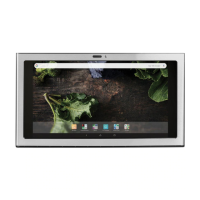
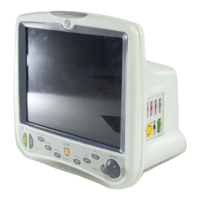
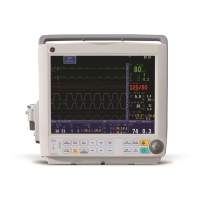
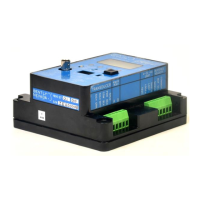
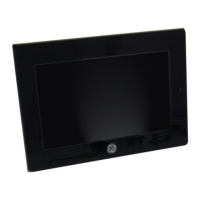
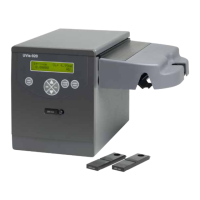

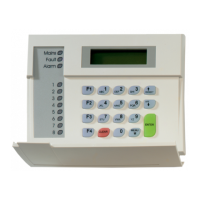

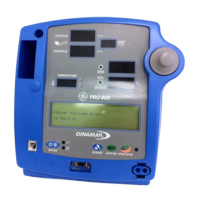


